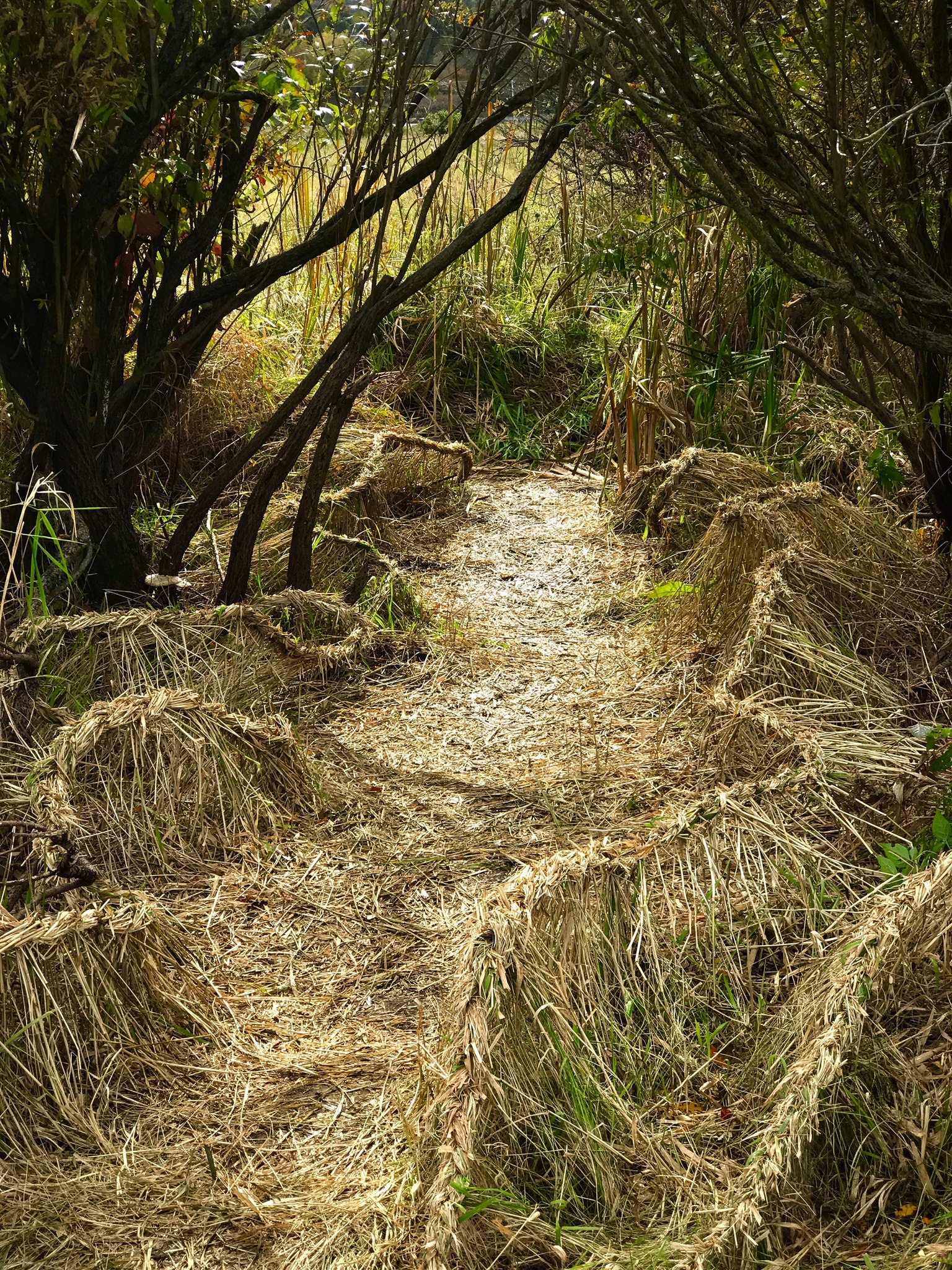From Midwest staples like beer and cheese to sourdough bread, kimchi, and kombucha, the flavors and textures of some of our favorite foods wouldn’t be the same without fermentation. And perhaps the only thing better than the process itself is an entire festival devoted to the techniques and traditions of this timeless practice.
Fermentation is equal parts art form and scientific technique, boiling down to a process in which microorganisms like bacteria, yeasts, or molds produce enzymes that convert sugars in food into other substances. “Fermentation is all about abundance and transformation, a process that can result in strong flavors, dense nutrients, and, sometimes, altered states of consciousness,” says Donna Neuwirth, Executive Director of Wormfarm Institute, which organizes the festival. This year, it pops up at Witwen Park, about 10 miles west of Sauk City.
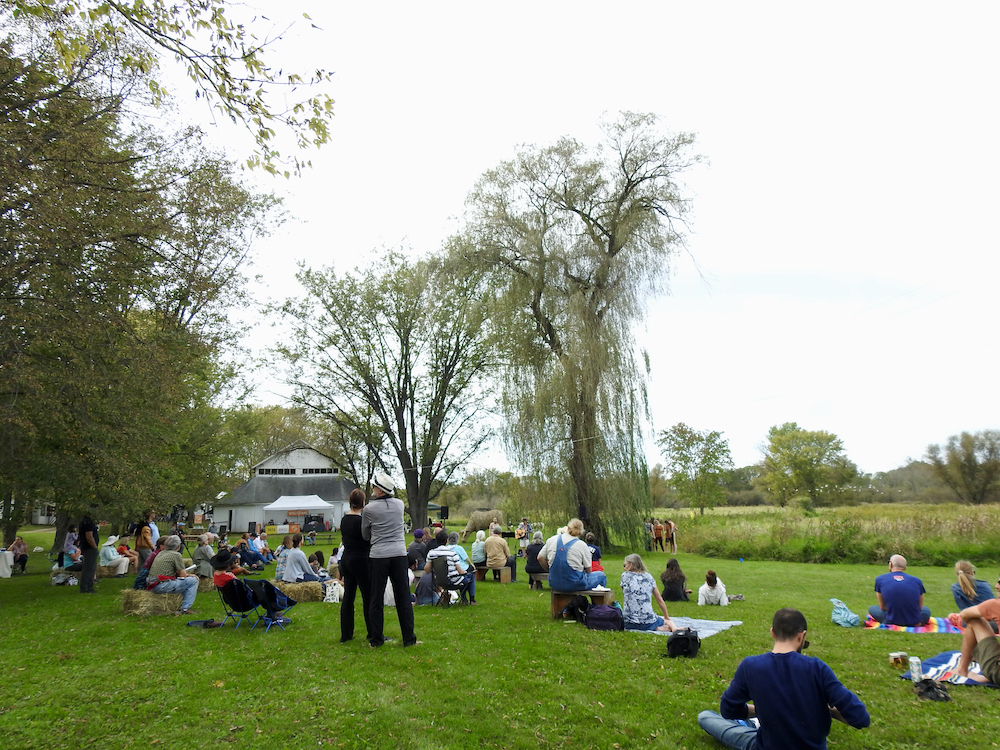
In beer, yeast transforms glucose into alcohol and CO2, producing the carbonation in our favorite brews. Pizza-lovers and artisan loaf connoisseurs can rejoice at the distinctive zing of sourdough thanks to bacteria, yeast, and a lot of patience. And cheese relies on bacterial cultures that transform lactose—dairy’s natural sugar—into lactic acid, which helps turn the milk into curd. Different kinds of mold make some varieties “blue” or build up to form the rind, like in brie. It’s chemistry at its tastiest, and with so many different types of fermentation and potential combinations of ingredients, temperature, and time, there’s plenty of room for creativity.
DONNA NEUWIRTH, EXECUTIVE DIRECTOR OF WORMFARM INSTITUTE“Fermentation is all about abundance and transformation, a process that can result in strong flavors, dense nutrients, and, sometimes, altered states of consciousness.”
In the Spirit of Collaboration
For more than 20 years, Wormfarm Institute, a rural residency program in Wisconsin’s Driftless Area founded by Neuwirth and Jay Salinas, has collaborated with artists, creatives, and local farmers to hone relationships between art, ecology, agriculture, food, and conservation. Originally presented annually in tandem with the Farm/Art DTour, a drivable and bikeable route chock full of public art and music, Fermentation Fest now alternates biennially with its sibling event.
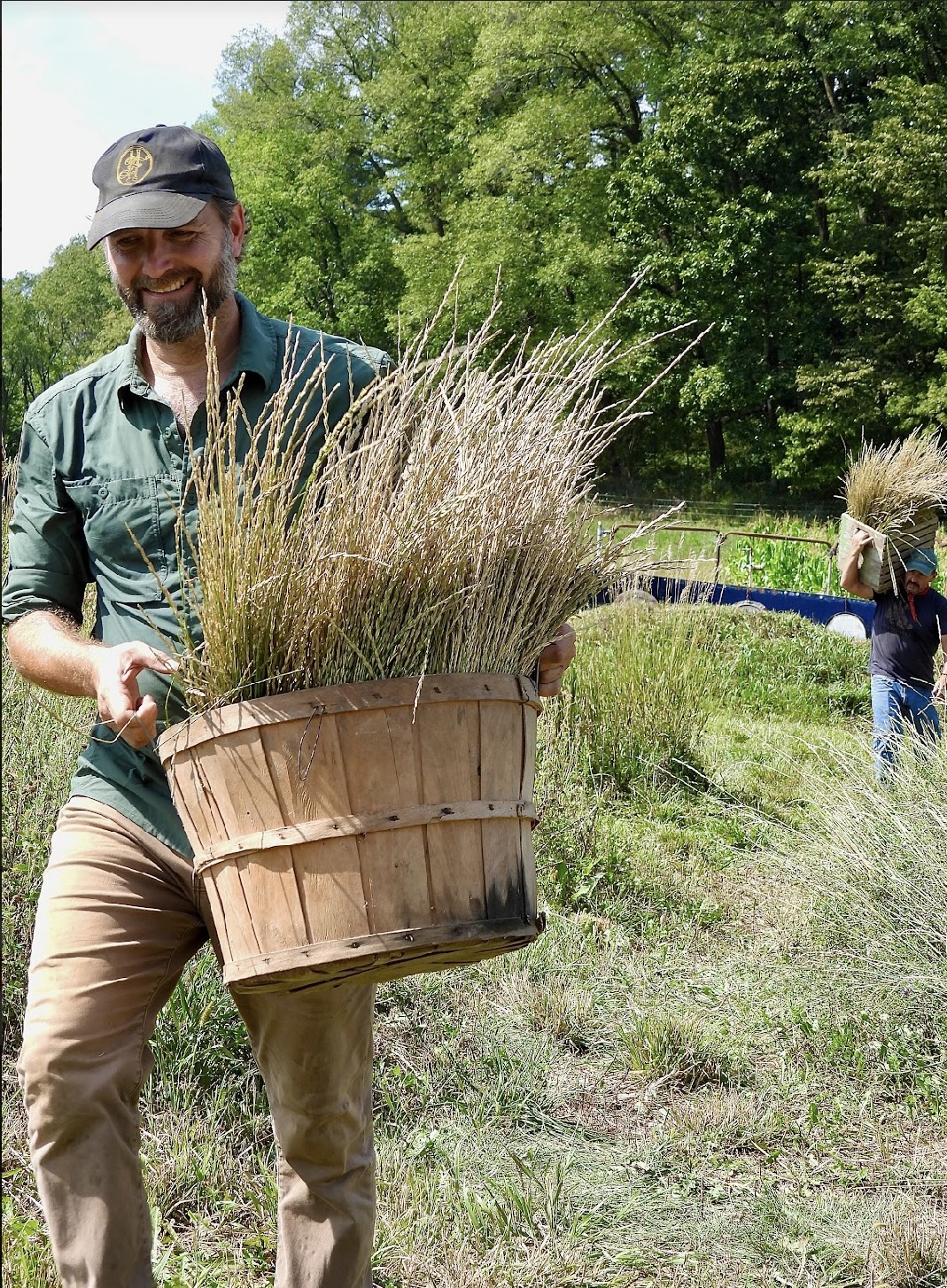
During the 2020 Farm/Art DTour, artist Tory Tepp realized the ‘Sauk County ARK,’ or Agricultural Recon Kraft, an earthwork on a plot belonging to fourth-generation farmers Alma and William Gasser, who also run a farmstead bakery. Tepp is interested in drawing connections between social and environmental ecosystems, often developing public art projects that merge community participation and education.
The ARK resembles a landlocked ship in a 4-acre field, which was seeded with the first perennial grain crop in the world, a type of intermediate wheatgrass marketed as Kernza. “Focusing on sustainable farming practices and regenerative agriculture, the ARK creates a public space for observation and reflection at the intersection of art, agriculture, ecology, and climate crisis,” Tepp says on his website. At this year’s festival, visitors will have the opportunity to taste the grain, which will be baked into crackers and shortbread in a cob oven.
This year, the festival presents its ‘Spirits Edition,’ celebrating varieties ranging from the distilled to the “kindred.” A keynote presentation by ethnobotanist Gary Paul Nabhan from his book Agave Spirits: The Past, Present, and Future of Mezcals explores distilled spirits and their botanical origins.
Along with music, food stands, and numerous classes, visitors can also check out a Native Art Marketplace presented by Little Eagle Arts Foundation, a nonprofit organization dedicated to preserving and promoting American Indian/First Nation art.
Fermentation Fest: Spirits Edition runs October 7 – 8, 2023 at Witwen Park, Sauk County, from 11:00 a.m. to 6:00 p.m. both days. Many offerings are free, but some require tickets. You can find the full program and book your spot for events that require tickets at fermentationfest.com.

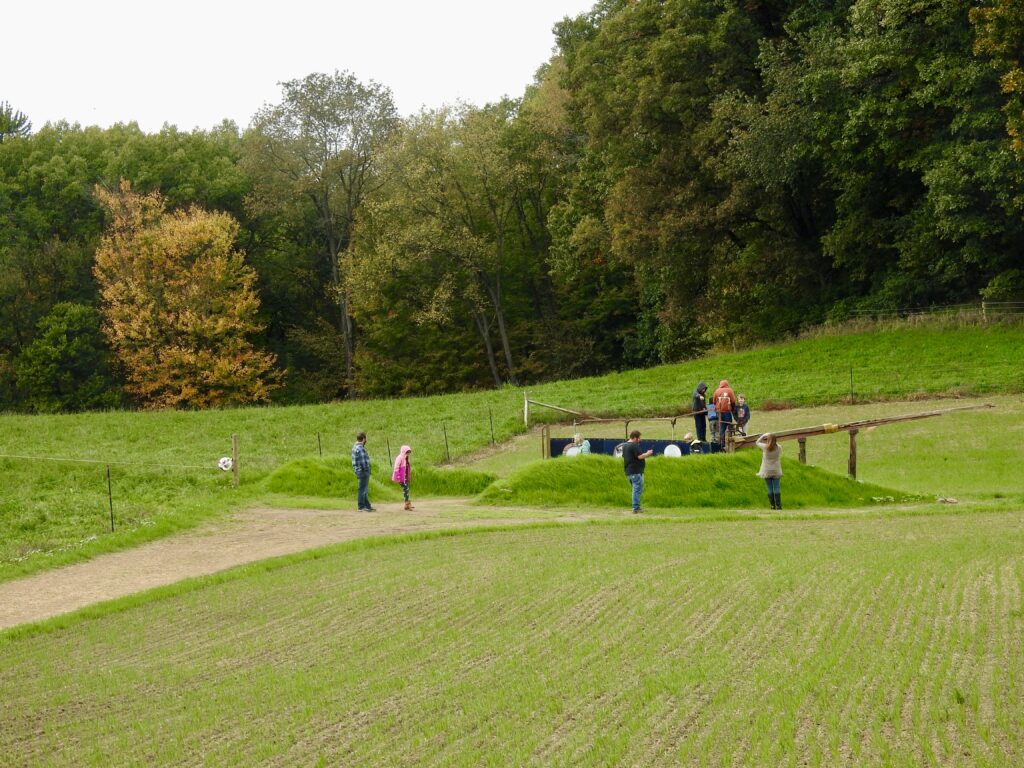

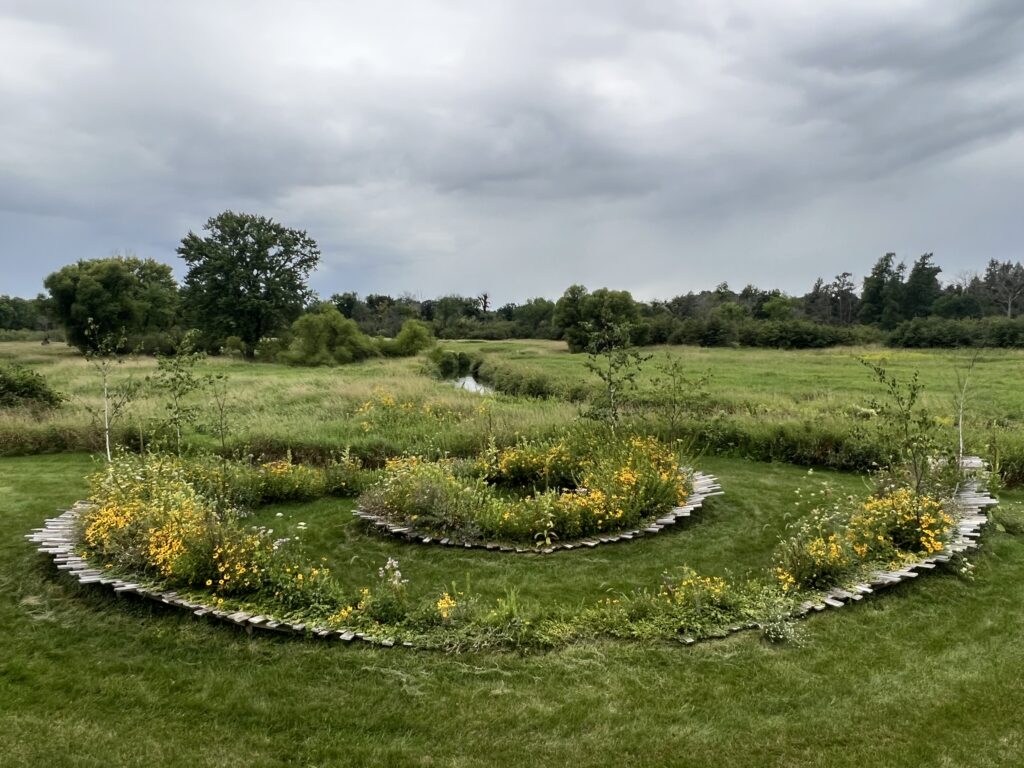
Listen Now: Filling The Well
Filling the Well is a podcast created to nourish, provoke, and inspire artists and arts leaders.
On this episode, Donna Neuwirth and Jay Salinas, the co-founders of Wormfarm Institute located in rural Wisconsin, discuss how curiosity, presence, and time have played a vital role in their journey of understanding their community better. Through their farm and artist residency program, they intersect rural and urban spaces, and explore what it means to belong to and take pride in a place.
